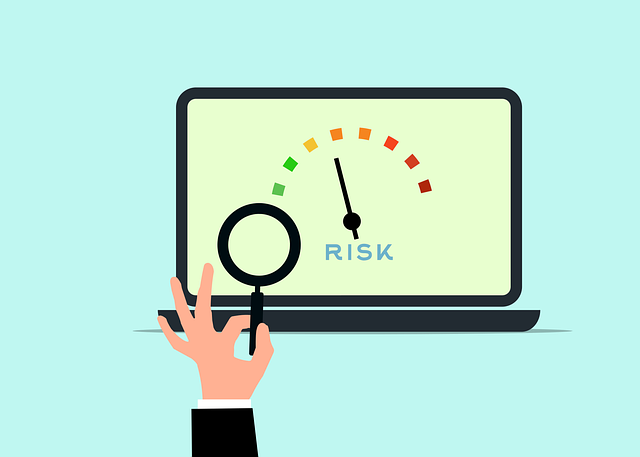Implementing 5S training, based on lean management principles, optimizes workplace organization through sorting, setting in order, cleaning, standardizing, and sustaining. This method boosts efficiency, reduces waste, and fosters a culture of quality and safety by streamlining processes, minimizing chaos, and promoting continuous improvement, ultimately enhancing productivity and employee satisfaction.
In today’s competitive business landscape, a well-structured workplace discipline is vital for enhancing productivity and fostering a positive work environment. This article explores powerful strategies for achieving optimal efficiency through the integration of 5S training, lean management principles, and process standardization. By understanding the foundational concepts of 5S training and leveraging Lean Management techniques, organizations can cultivate continuous improvement, streamline workflows, and create a more organized and productive workplace.
- Understanding the Foundation: 5S Training Basics
- Integrating Lean Management for Efficient Workflows
- Cultivating Continuous Improvement Through Process Standardization
Understanding the Foundation: 5S Training Basics

In today’s competitive business landscape, a well-structured workplace discipline is crucial for enhancing productivity and efficiency. At the heart of this structure lies 5S training – a cornerstone of lean management that focuses on workplace organization and continuous improvement. The term ‘5S’ refers to five key concepts: Sort, Set in Order, Shine (Clean), Standardize, and Sustain. By implementing these principles, organizations can create an environment that is not only visually appealing but also highly functional.
5S training involves a systematic approach to process standardization, where each step of every process is examined and optimized. This means sorting through unnecessary items, organizing tools and equipment for easy access, cleaning the workspace to maintain hygiene, establishing standardized procedures, and continuously monitoring and improving these practices. Such discipline fosters a culture of order and efficiency, enabling employees to work more effectively and safely.
Integrating Lean Management for Efficient Workflows

Integrating Lean Management is a powerful strategy to enhance workplace discipline and efficiency. At its core, Lean focuses on eliminating waste and streamlining processes, ensuring every task contributes to value-added activities. By implementing 5S training, which stands for Sort, Set in Order, Shine, Standardize, and Sustain, organizations can transform their workspaces into highly organized environments. This method encourages employees to maintain a tidy, structured workplace, making it easier to locate tools and materials, reducing time wasted on searching.
Moreover, Lean management promotes process standardization, enabling teams to work more cohesively. It involves creating standardized procedures for routine tasks, ensuring consistency and minimizing errors. Regular 5S continuous improvement initiatives keep the workplace organized and processes optimized, fostering a culture of efficiency and discipline. This approach not only improves productivity but also enhances employee satisfaction by providing a clear, less chaotic working environment.
Cultivating Continuous Improvement Through Process Standardization

Cultivating Continuous Improvement Through Process Standardization
Structured workplace discipline is incomplete without a focus on process standardization and continuous improvement. Implementing 5S training, rooted in lean management principles, serves as a powerful tool for enhancing workplace organization. This systematic approach involves sorting, setting in order, shining (cleaning), standardizing, and sustaining, creating an environment that promotes efficiency and reduces waste. By teaching employees the art of 5S, organizations can ensure consistent workflows and streamline operations.
Process standardization is key to achieving this continuous improvement. Standardized processes not only enhance productivity but also foster a culture of quality and safety. Clearly defined steps in every workflow allow for easier training, better collaboration, and faster resolution of issues. This structured approach ensures that tasks are executed consistently, minimizing errors and maximizing output, ultimately contributing to the overall success and competitiveness of the organization.
Structured workplace discipline, encompassing 5S training and integrating lean management principles, is key to optimizing workflows and fostering a culture of continuous improvement. By standardizing processes and maintaining meticulous organization through tools like 5S, businesses can enhance efficiency, reduce waste, and ultimately drive better results. This holistic approach not only transforms the physical workspace but also inspires employees to embrace a mindset of ongoing enhancement, creating a dynamic and productive work environment.
